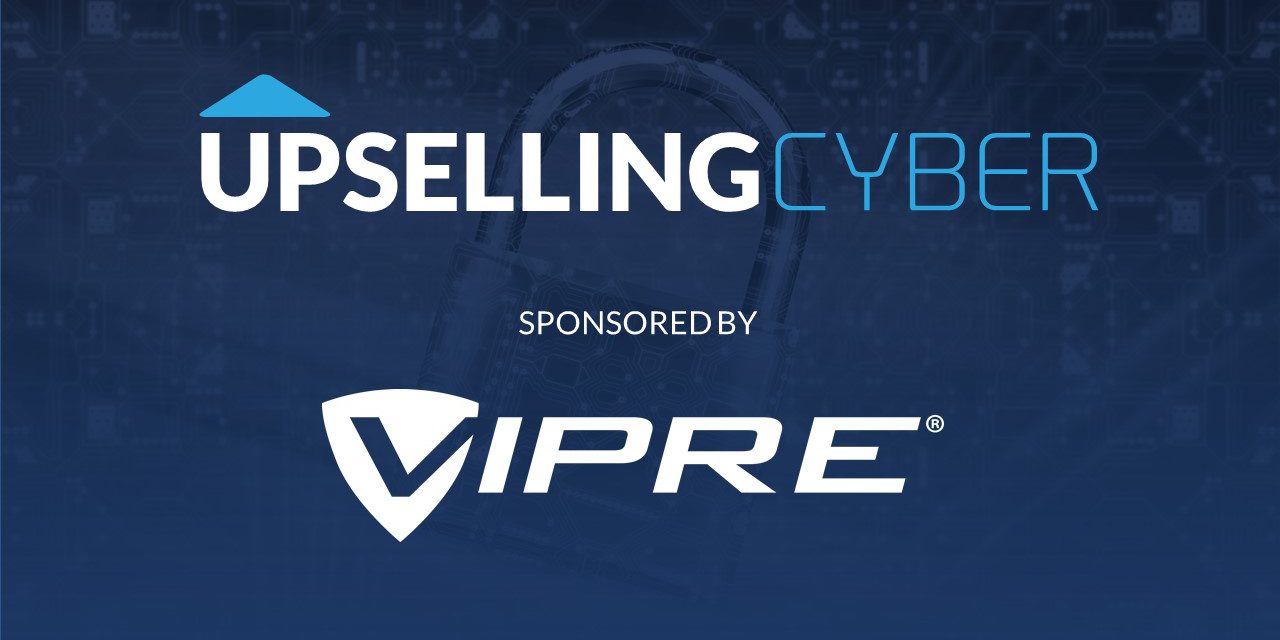How Emotion Plays A Role In Purchasing Cybersecurity Products & Services
A few years ago I came home from work to find my front door wide open. I sat in my car and stared at the front door, completely confused as to what was going on. My first thought (as anyone would think) was that someone had broken into my house, rooted through all of my belongings, and left in a hurry running away with all of my stuff. I eventually got out of the car and ran inside the house only to find it looking exactly as I had left it. While this event has still largely been unexplained, it was an eye-opener for me. Whether someone broke into the house, or I left the door open, my inability to figure out what had occurred was a sign of negligence.
Next I did what any “reactive” consumer would do and ordered hundreds of dollars in security tech from Amazon to fully equip my house. Did I buy the right system? Was it the right time for me to buy financially? It didn’t matter because my purchase was an emotional reaction to an event that occurred and all of the sound logic that I generally use went right out the window (or the door in this case).
This scenario is very similar to the way the Business Owners purchase cybersecurity products. If something is not already a part of the base stack, then it is incredibly difficult to get them to invest without some kind of event occurring that would trigger an emotional response such as mine. I thought it would be helpful to think through some of the reasons why business decision makers are so resistant to proactive purchasing so that you may prepare yourself for such objections and pivot the conversation accordingly.

The Power of MSPs In Cybersecurity: How to monetize security services, and recognize cross-sell and up-sell opportunities. Watch this on-demand webinar featuring Author, Kevin Clune
Reasons Customers Don’t Make Proactive Purchases
Haven’t Experienced Negative Outcomes
If your client has never been hacked, it is incredibly difficult to help them understand what that feels like. Imagine going out into the middle of a hot desert, finding a village and trying to sell snow boots to the locals. Most of the people you approach will likely have never seen snow and thus have no way to comprehend the need. They have never had the wet snow soak through their shoes or have slipped on a patch of ice due to a lack of grip. Even though it is statistically possible for them to wake up one morning and see snow on the ground, it has never happened and thus in their eyes it never will.
If this is what you are up against during your next sales encounter, you should come prepared to paint the picture of why their likelihood of experiencing a negative outcome is increasing every day. Imagine being able to present your customer statistics showing how many companies in their industry are experiencing cyber attacks each year and how this number has grown aggressively in the past 12 months. You may also use a geographic to tell the story as well, showing that these issues do in fact strike close to home and they could very well be next.
Don’t Know The Financial Impact
Another challenge that you will face is when a customer understands the likelihood of a negative event occurring but doesn’t have a firm grip on the financial consequences. To put this into perspective, we as consumers often “insure” the things that are most valuable to us: cars, boats, houses, etc. All of these things have a replacement cost that is incredibly easy to understand. We are willing to pay premiums against that replacement cost because of the simplistic way we value these pieces of property.
As you know, valuing the financial impact of a cyber attack is far more complex, as it can consist of a combination of hardware replacement, labor, loss of revenue, and reputation. Nevertheless, it is important to do your research and come to the table with some kind of statistical evidence of the losses that similar businesses might have experienced. Once your customer can quantify the impact, they can begin to finally justify the cost.
False Sense Of Security or Optimism
The biggest weakness of any business is their inability to recognize that they have one at all. Some of your customers will likely put too much faith in their ability to avoid a cyber attack whether it is because they think they are well-informed, they trust in their existing solution, or they just refuse to think pessimistically about what could occur. This overconfidence is very difficult to combat without offending someone or coming off as a fear-mongering salesperson.
In these situations I found it to be helpful to make them understand that hacking is an incredibly fruitful endeavor and thus most hacker’s sole occupation is to hack. As for the customer, they are a Lawyer, Accountant, Doctor, or some other occupation that takes up 99.9% of their time. If you think about it, this is not a fair fight at all, which is why you (the MSP) need to step in to help combat these attacks on their behalf. You are ultimately trying to give them the armor that they need to “survive” so that they can go out be the best version of their occupation that they can be.

The Power of MSPs In Cybersecurity: How to monetize security services, and recognize cross-sell and up-sell opportunities. Watch this on-demand webinar featuring Author, Kevin Clune
Doubt The Source Of Information
There are a lot of people out there that do not trust the narrative that MSPs and cyber security experts are trying to push. They think that research is skewed in the industry’s favor and that all of these preventative products are just a way to squeeze businesses for cash out of fear. In this case, no matter what information you put in front them and how eloquently you state your case, they likely won’t budge because their truth is far different than your own.
One of the most important things to understand when selling cybersecurity is that you can’t “save” everyone. Some businesses simply have to learn the hard way and will eventually come back to you (or someone else) when they do. Trying to convince someone that they need something that they simply don’t want is exhausting. Don’t be afraid to cut bait and put your energy into casting another line into a more promising direction.
Watch as Author Kevin Clune and VIPRE’s Jason Norton go “beyond the blog” to discuss how to build the case for proactive purchasing, sales metaphors, and more!

SPONSORED BY ZEST
















